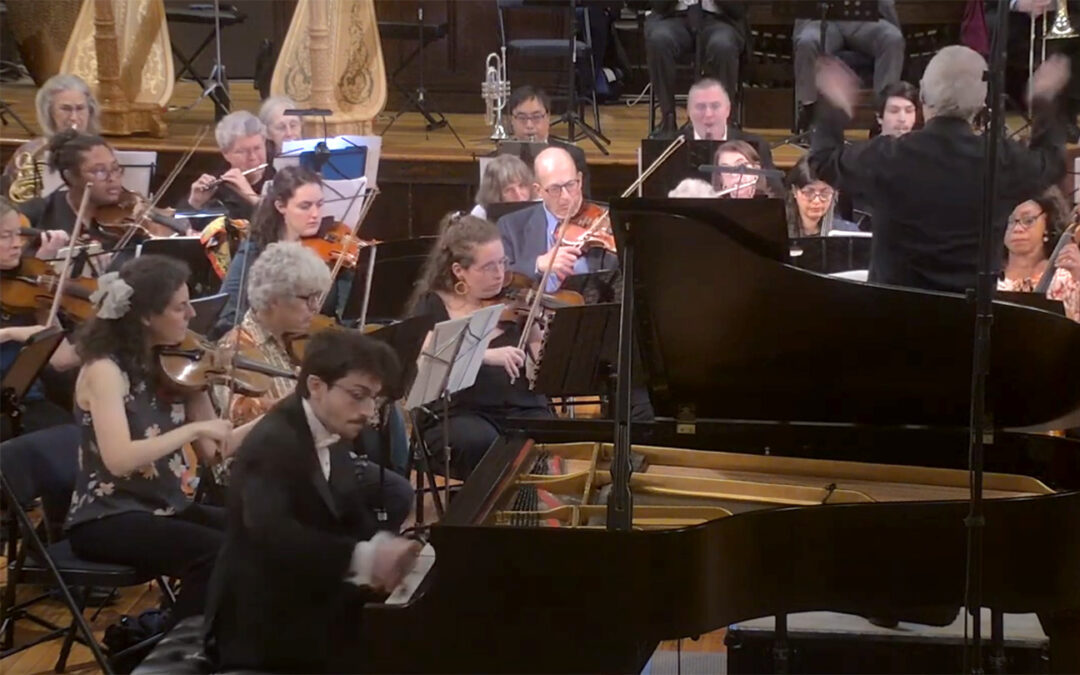Franz Liszt was obsessed with death and religion and the themes of salvation and redemption. His fascination with the supernatural and the macabre led to rumors about him being a haunted or eerie figure. Some people believed that his virtuosic piano skills were the result of a pact with the Devil.
in 1838, when Liszt visited the Camposanto in Pisa, he was awed and inspired by “The Triumph of Death,” a monumental 14th century fresco. That work inspired his “Totentanz,” or “Danse Macabre,” a dramatic and virtuosic composition for piano and orchestra. Composed in 1849 (revised in 1853 and 1859), it is based on the medieval tale of people from all walks of life summoned to dance with death itself. The piece begins with a dark, ominous, and percussive introduction, and then the piano enters with a series of variations (e.g., pensive, fiery, playful, majestic) on the “Dies Irae” or “Day of Wrath” chant, a medieval plainchant used for centuries in the Requiem Mass for the dead, and used by many other composers, including Mozart, Berlioz, Verdi, and Rachmaninoff. (Liszt attended the first performance in 1830 of Berlioz’ Symphonie Fantastique, with the Dies Irae being a major theme of the last movement, “Witches’ Sabbath.”)
Throughout the piece, Liszt showcases his exceptional piano technique, with rapid runs, thunderous chords, and virtuosic passages. The music alternates between moments of intense fury and eerie calm, reflecting the contrasting emotions of mortality. As the piece progresses, the confrontation between the piano and orchestra intensifies, culminating in a thrilling and dramatic conclusion, where death ultimately triumphs over the living.
Liszt was known for his charismatic stage presence and showmanship. He was one of the first pianists to perform from memory, which was a groundbreaking practice at the time. He played a pivotal role in shaping the way the piano is performed and how music was composed for it during the Romantic era.
Totentanz
Paraphrase on Dies Irae (S.126)
Composed in 1849
By Franz Liszt






